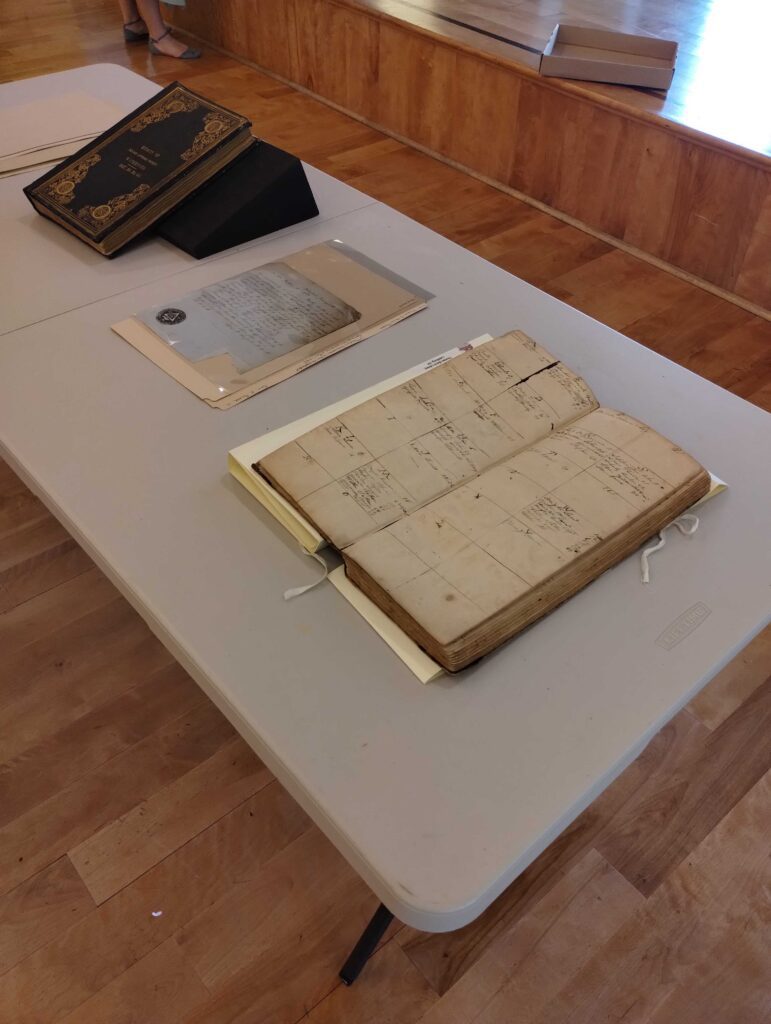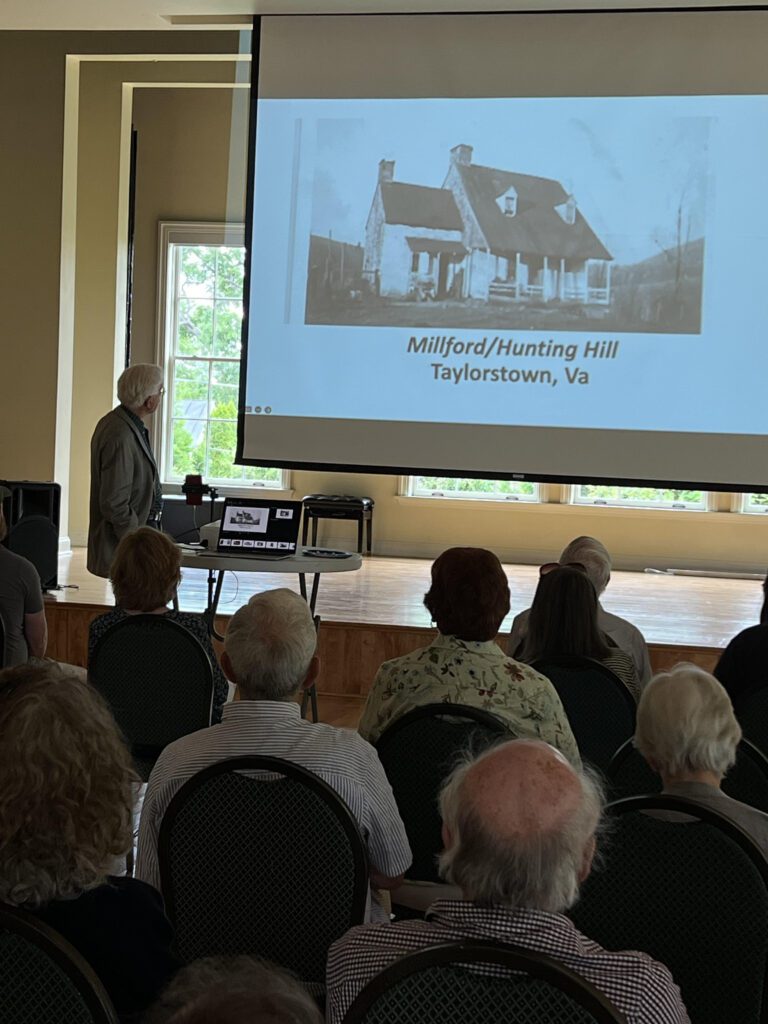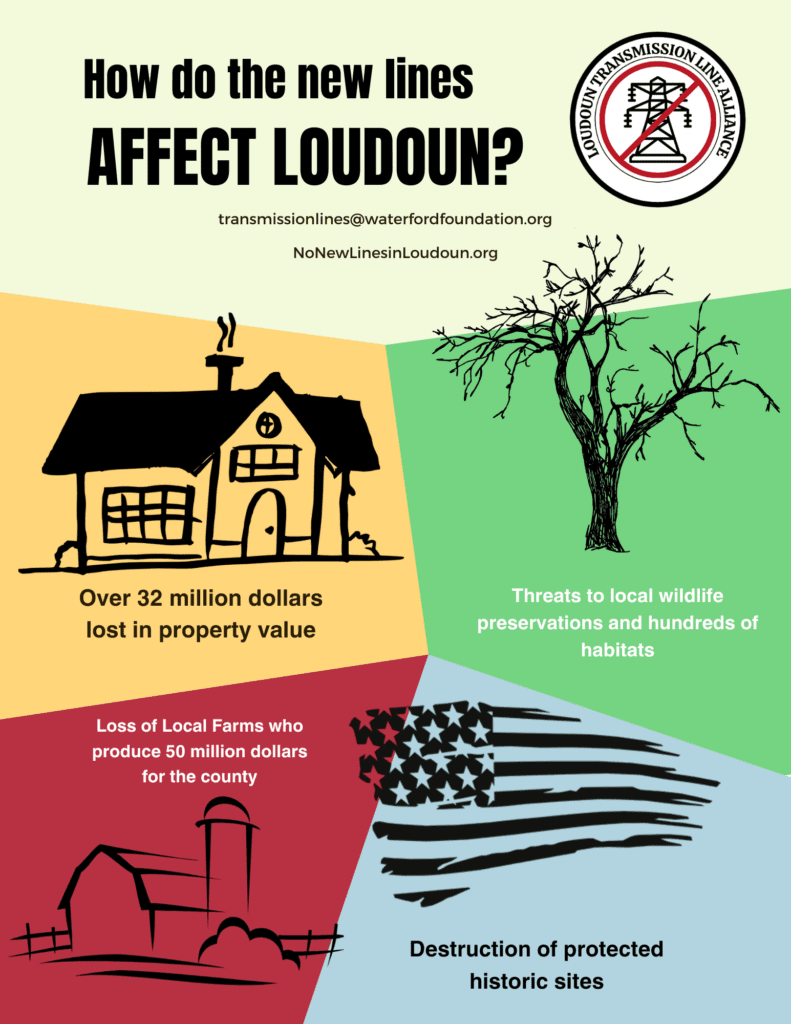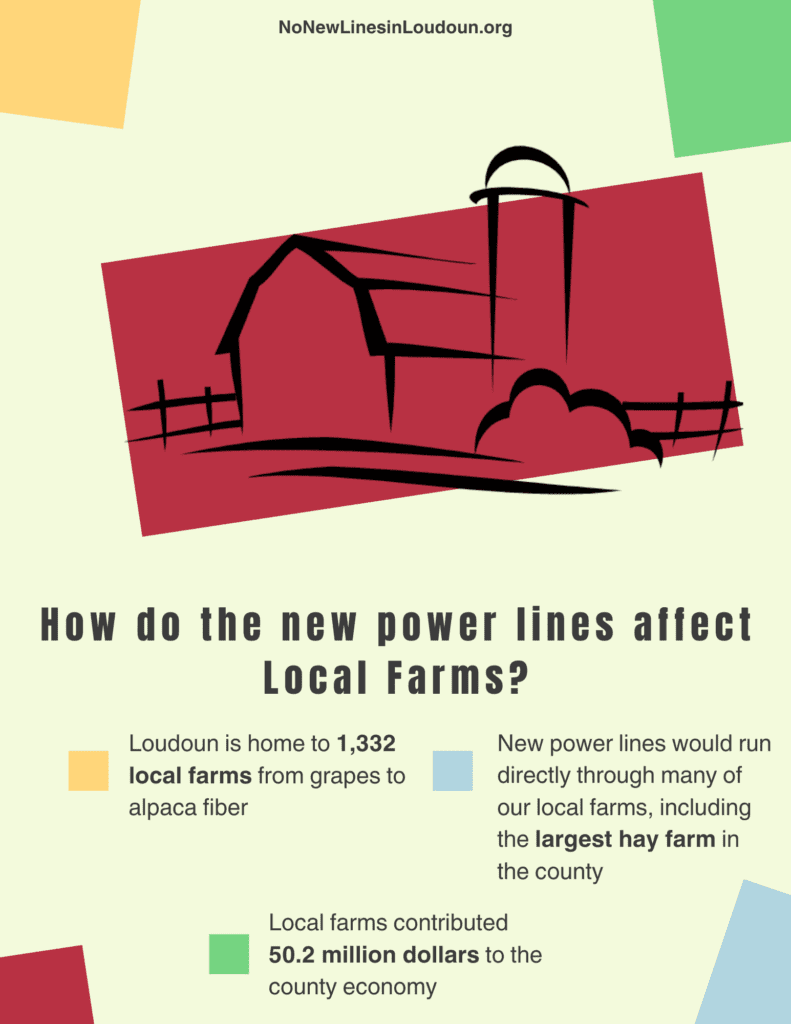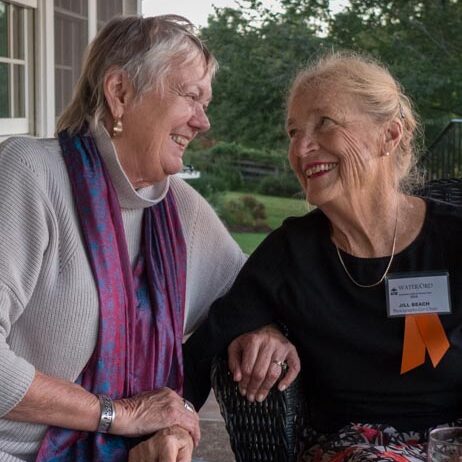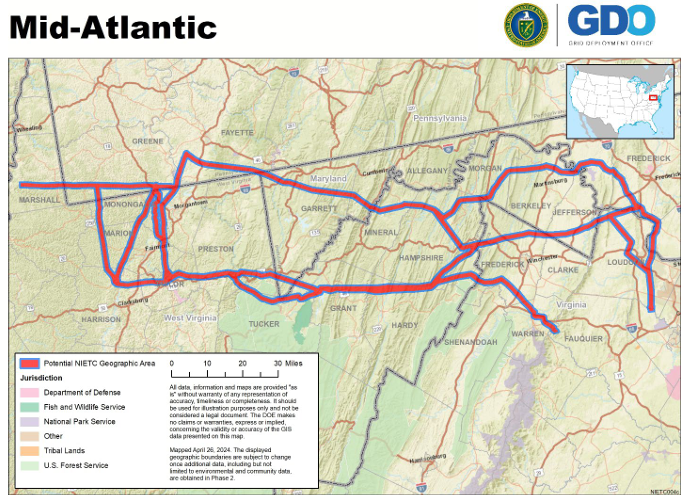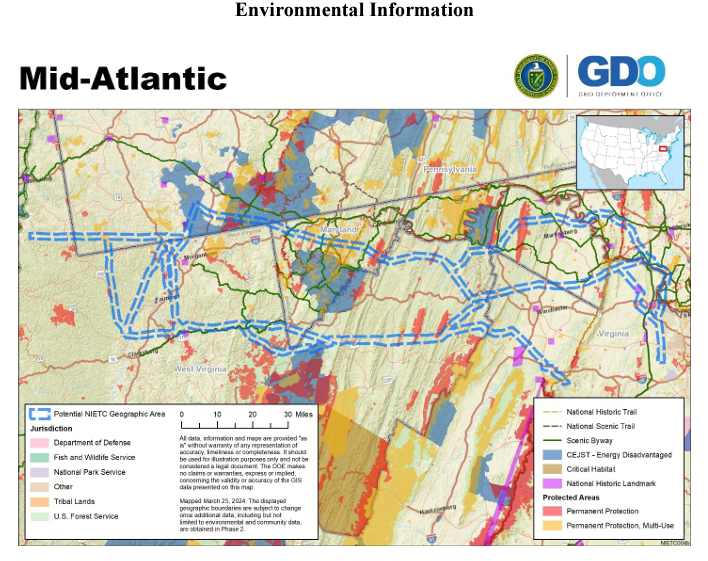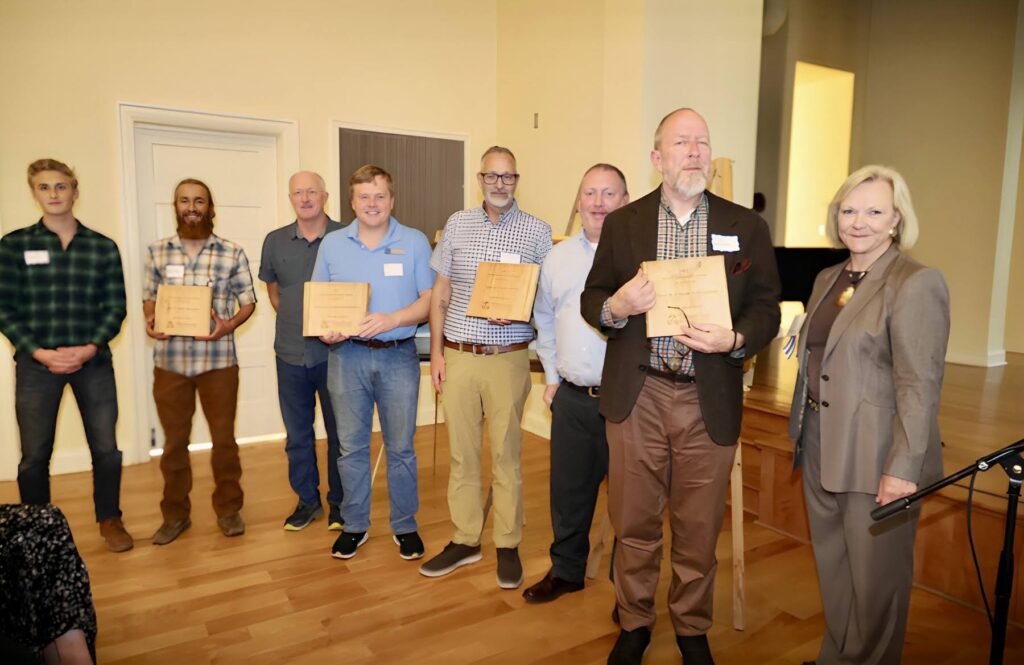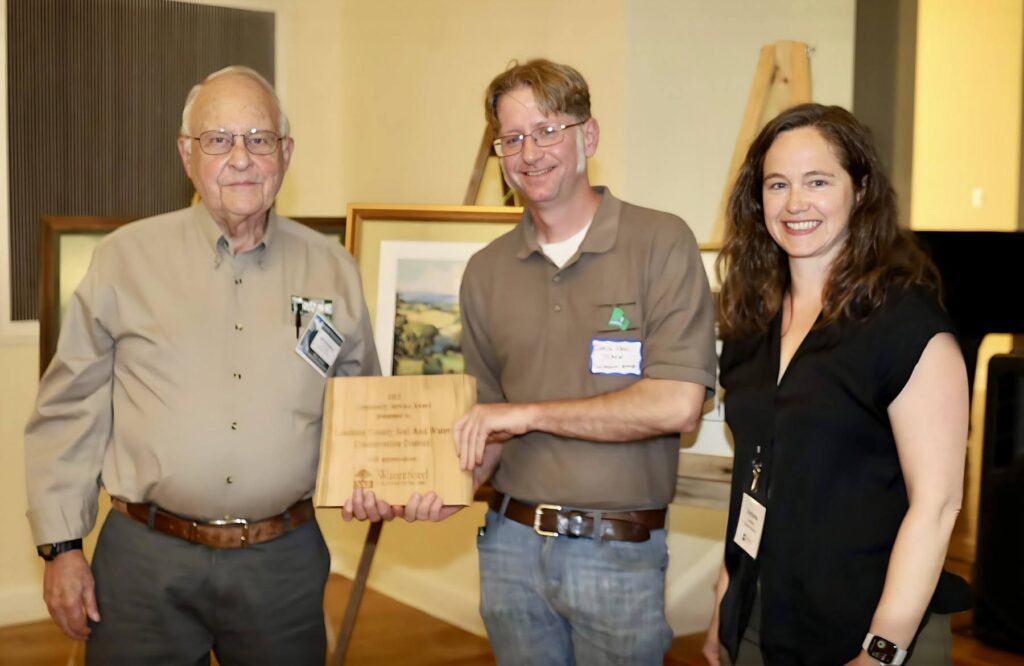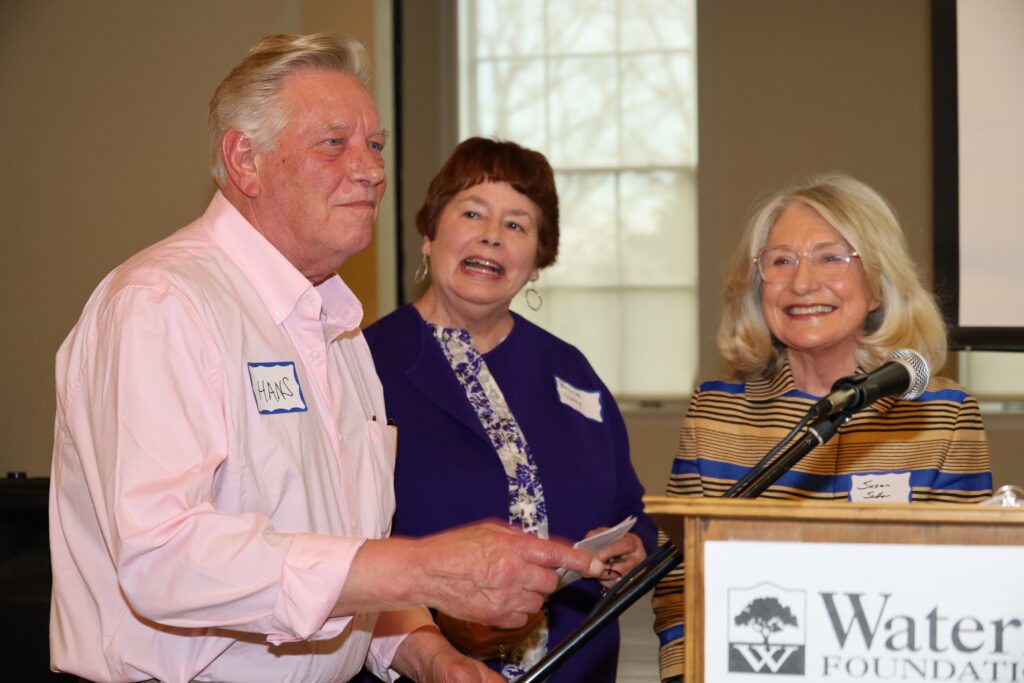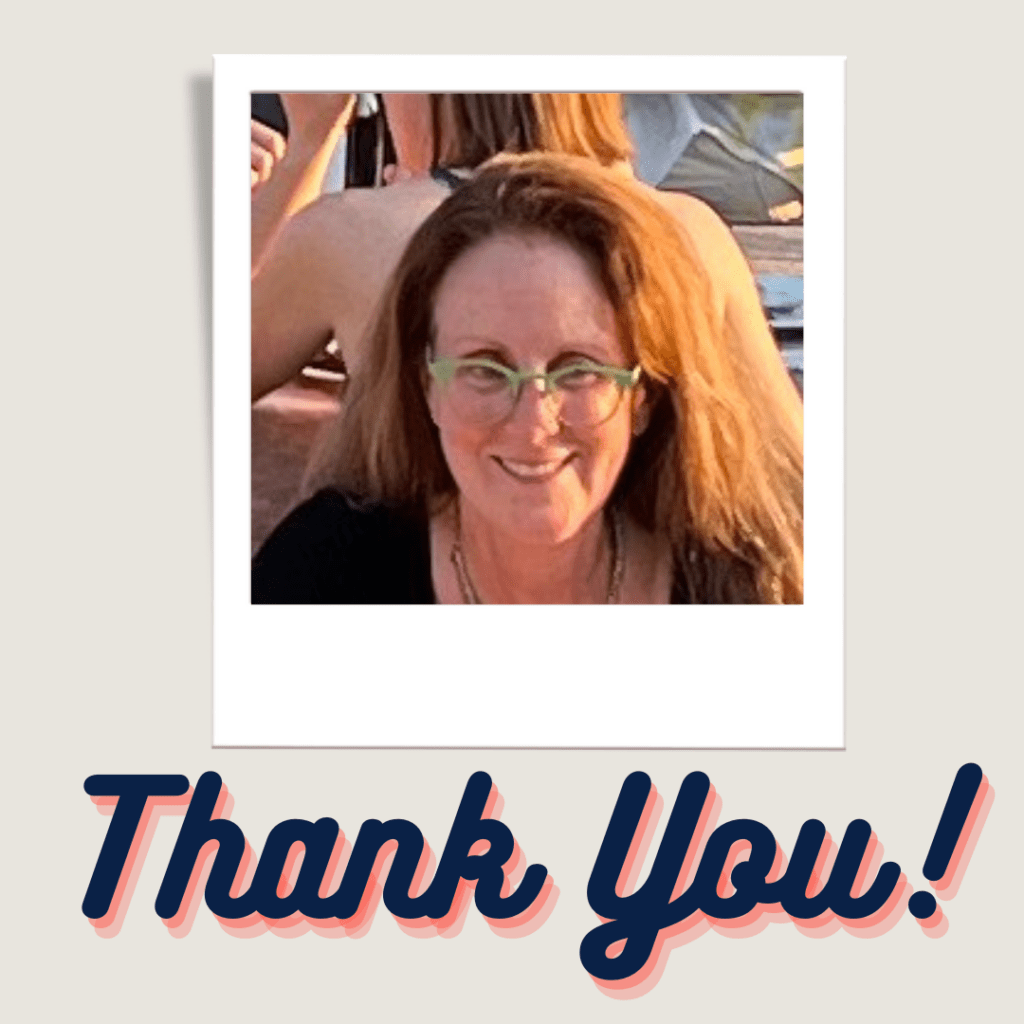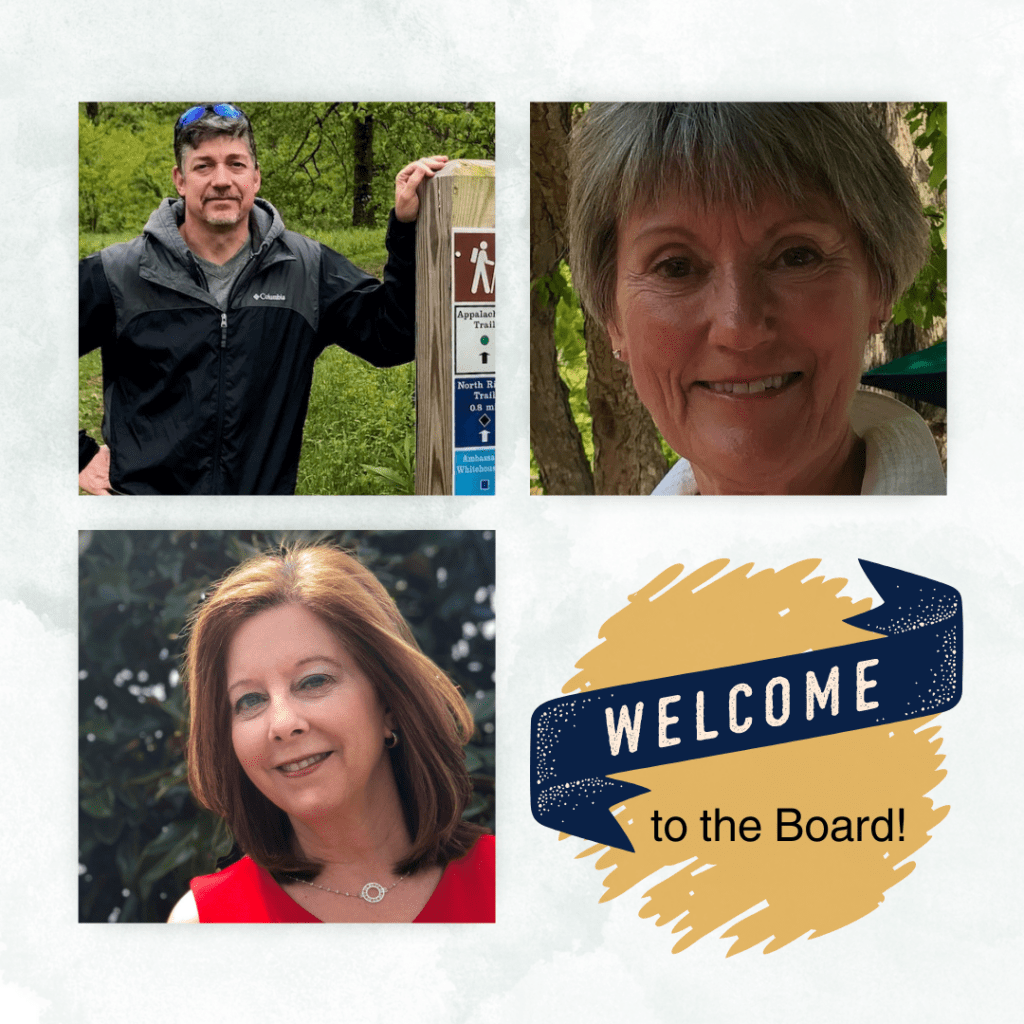On July 15th, Waterford was hit by an unexpectedly strong storm that certainly left it’s mark in the Village. Trees were spewed through the streets and sticks scattered all over- knocking out power for the majority of the area during the summer heat and a large wake of destruction. It is a true testament to the community in Waterford that banded together to direct traffic, clear roads and driveways, and more!
To help cleanup, we engaged with another kind of stick- popsicle sticks. Volunteers as young as six came out to help cleanup up Waterford Foundation properties and around the Village, and we had popsicles afterwards to celebrate a job well done. We can’t thank our volunteers who came out enough!!!
Volunteers went to the Bond Street Meadow, Village Green, and the Old School area to help collect the debris dispersed around. Another team went down to the Phillips Farm to successfully clear the downed branches blocking the trail. Afterwards, everyone came together to enjoy the sunny summer day with popsicles in hand.
Thanks to our volunteers hard work, we were able to reopen the Phillips Farm trail, and have spaces ready for us to start prepping for the Waterford Fair! We also want to pass along our gratitude to the Land Trust of Virginia, who donated waters for the event so that everyone could stay hydrated in the summer heat.
Check out below for some before and after pictures! If you are interested in volunteering in our next cleanup or want to learn more about volunteering in Waterford, please reach out to our office at oldschool@waterfordfoundation.org.
Before:
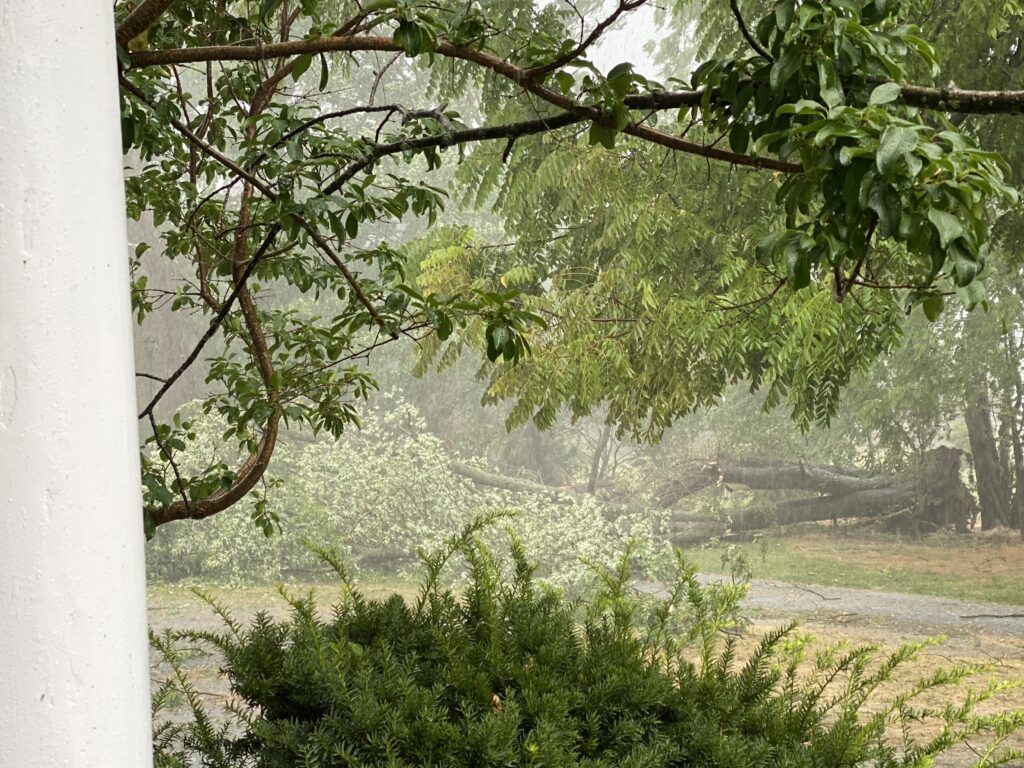
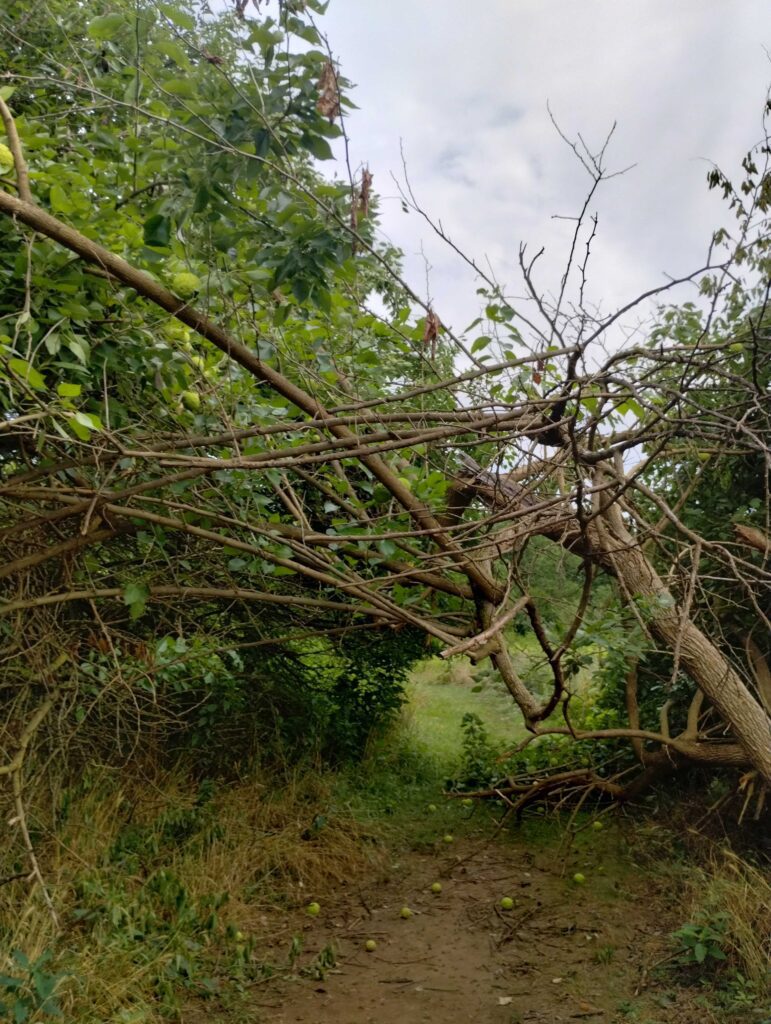
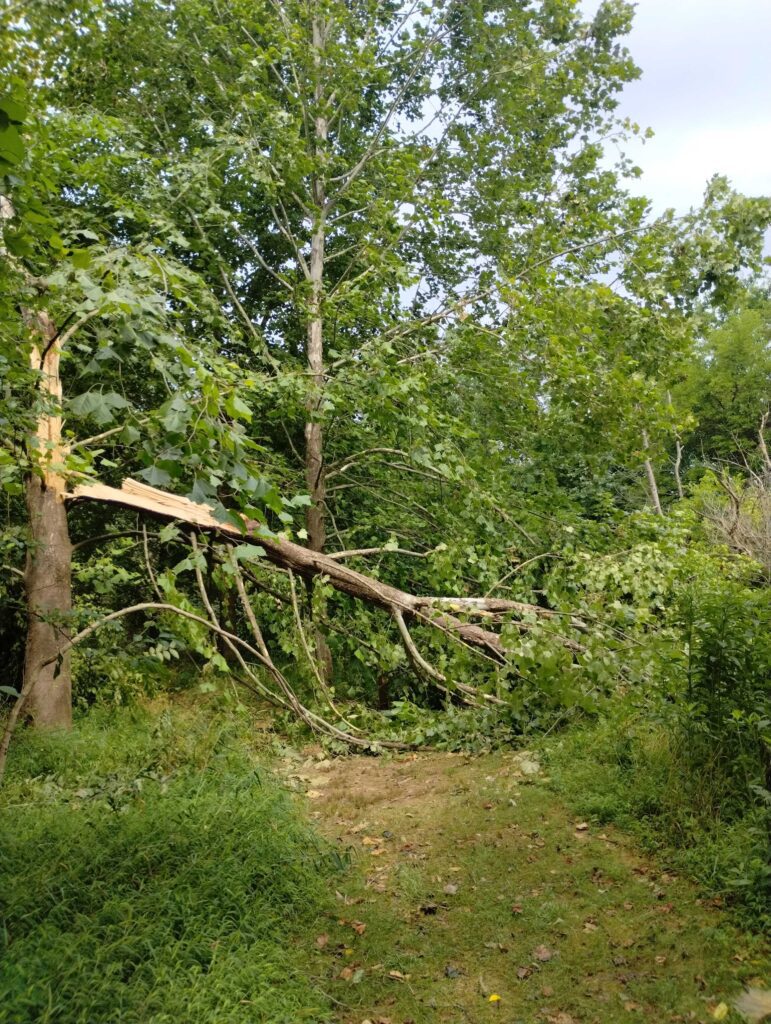
After:
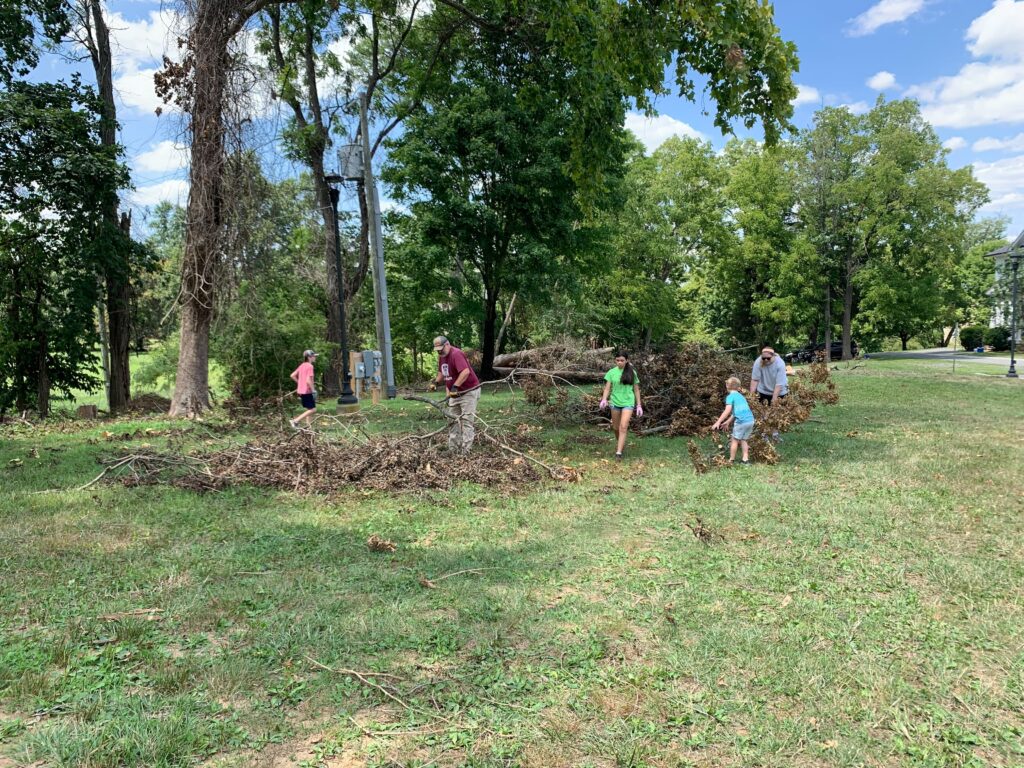
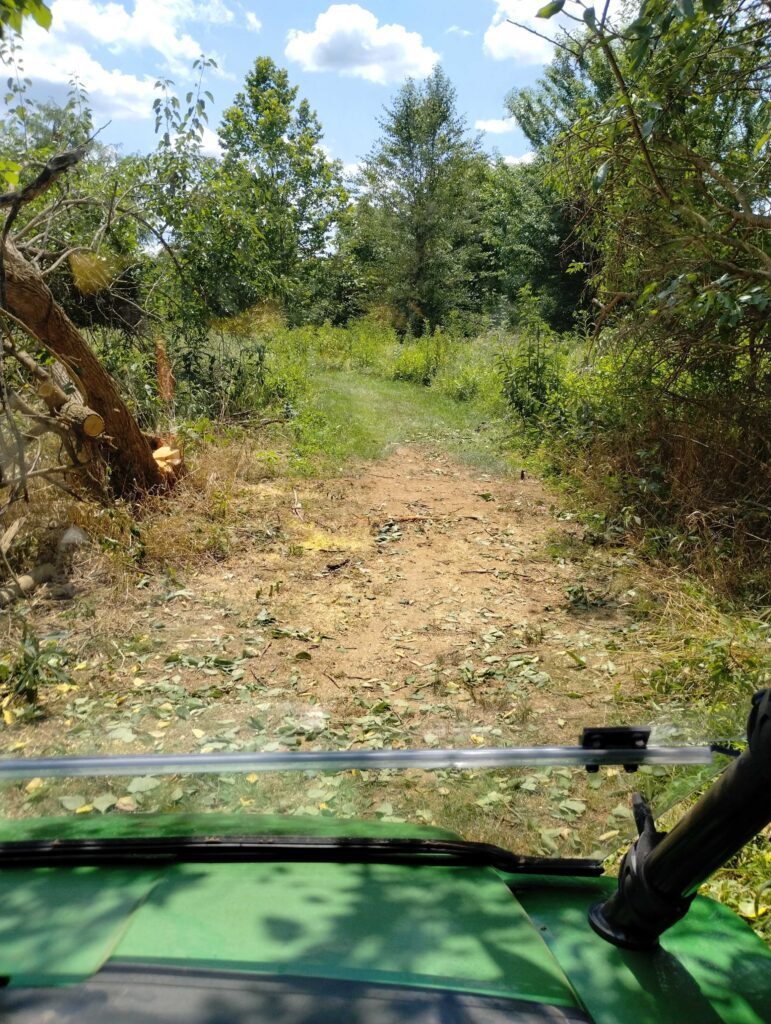
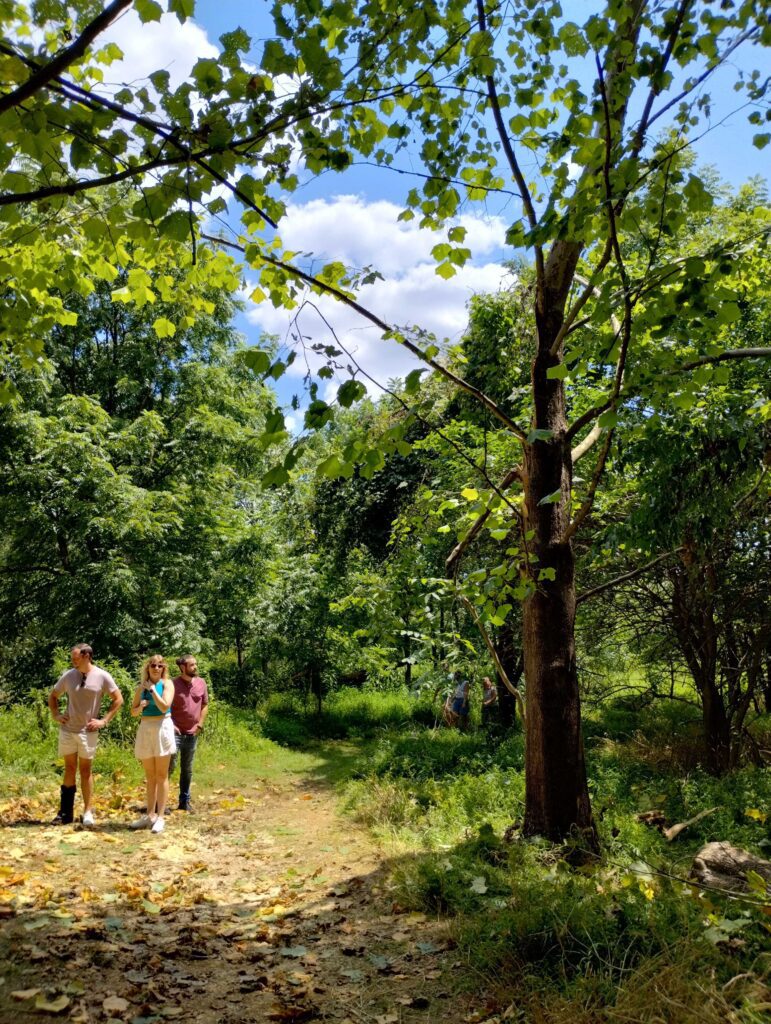
Next steps in storm cleanup on Waterford properties is to bring in professional assistance in cutting up larger trees and wood chipping.
